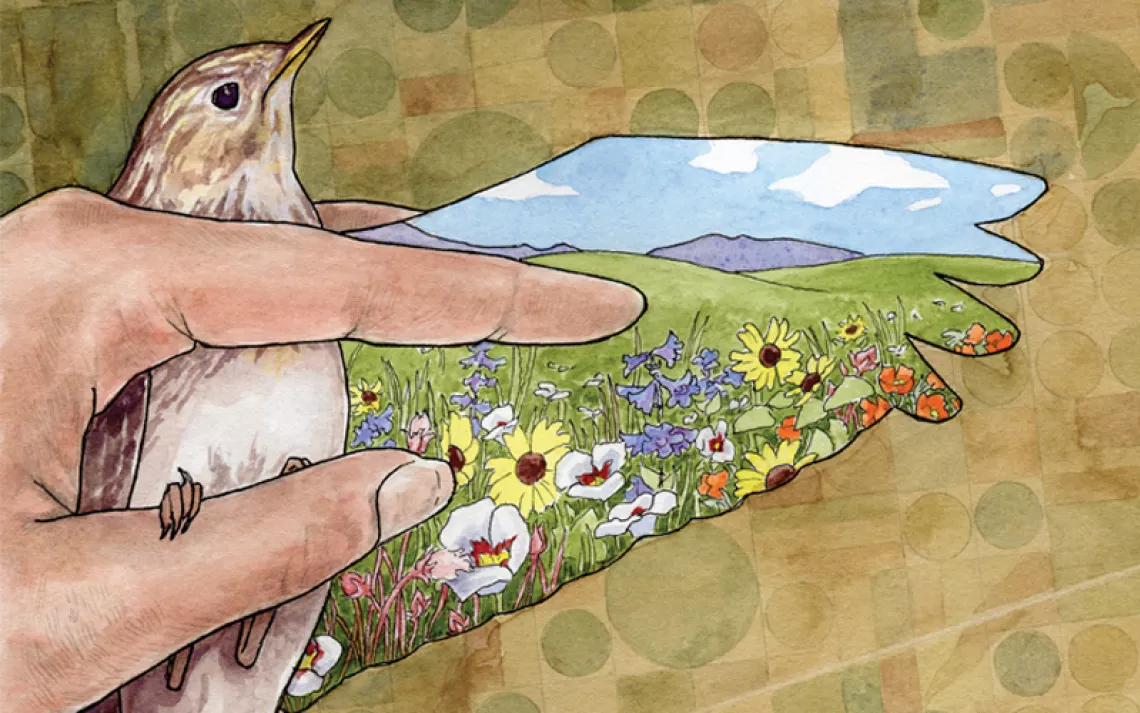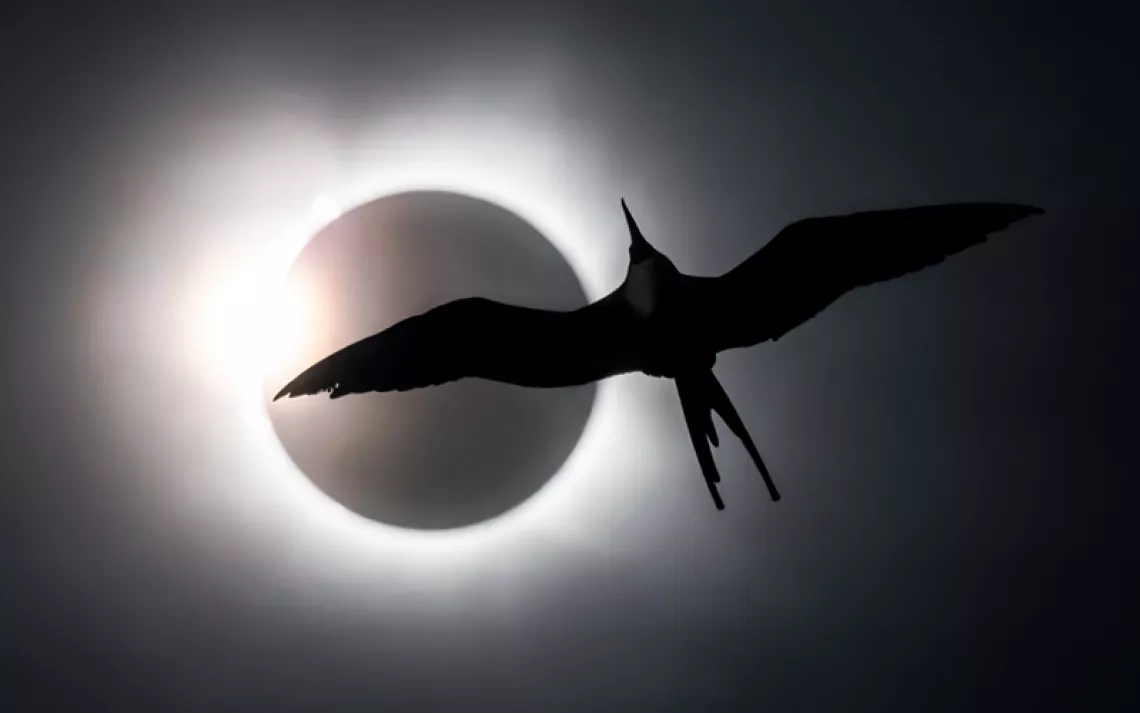Behold the Roseate Spoonbill, a Deeply Weird Bird
The roseate spoonbill is nature's predilection for garishness come to fruition

Photo by Ron Bielefeld/BIA.
"What bird is that?" It's a common enough question for a watcher of feathered things. But seeing a flamingo-colored creature with matching serving spoons attached where a beak should be might cause a person to think they've left interrogative reality.
What you see before you is not an imagined beast of fiction but a real bird of fantastic dimension. Behold the roseate spoonbill, Platalea ajaja!
"But how?" you might ask. "Why?" would be the ultimate pondering. P. ajaja is what you get when the forces of adaptive pressure flourish with a dose of garishness, courtesy of evolution. Here in this one beautiful wading bird, we have form and function converging in the aesthetically absurd.
This ibis cousin, a member of the family Threskiornithidae, is not alone in its spoonyness. Five other spoonbill species inhabit shallow freshwater and brackish wetlands around the world. But only Platalea ajaja has a greater-than-the-sum-of-its-parts combination of pink plumage and outsize mandibles. The bird embodies the meaning of its name—Platalea being Latin for "spatula," and ajaja meaning "pink" in the Indigenous Tupi language of Brazil.
Watch a roseate spoonbill in action and it becomes more than just an oddity. Standing nearly three feet tall, the lanky bird marches through marshland and plies its trade. Unlike herons and egrets, it's not a sit-and-wait stalker but an active feeder that mechanically sweeps its trademark bill back and forth through the silty water, upper and lower spoons slightly agape, allowing water to work through its mandibles. Tiny crustaceans, insects, and fish encountering this hypersensitive bill are snapped between the bird's two spoons in the movable feast. Dinner is served.
The spoonbills move methodically, their red eyes intent. They often hunt in sizable numbers, advancing step-by-step, almost shoulder to shoulder.
Platalea ajaja's pinkish hue comes in part from a diet of crustaceans that impart a dose of carotenoid to the feathers; the same goes for flamingos and other similarly hued birds. A creature whose range extends through the Caribbean, Mexico, Central America, and South America, it was once rarely seen in the United States beyond Florida and the Gulf Coast. Now it's been spotted as far north as Canada. Adaptation is a marvelous thing, and apparently the roseate spoonbill is making the best of climate change, expanding its range in the growing swelter. A pink lining, perhaps, in an otherwise dark Anthropocene cloud.
A roseate spoonbill population boom in 2018 caused young birds to disperse to places in the US where sightings had never been reported before, like Minnesota.
Spoonbills are not closely related to flamingos—they just eat the same food.
Some roseate spoonbills migrate, while others stick to a particular area for their entire lives.
 The Magazine of The Sierra Club
The Magazine of The Sierra Club



